- Home›
- Healthy Living›
- 7 Day Raw Food Diet - What To Eat, Benefits, And Side Effects
7 Day Raw Food Diet - What To Eat, Benefits, And Side Effects
By: Priyanka Maheshwari Sun, 10 Sept 2023 10:16:53

The raw food diet, also known as a raw vegan or living food diet, is a dietary approach that emphasizes the consumption of uncooked and unprocessed foods. Advocates of this diet claim that it provides numerous health benefits, including increased energy, improved digestion, and weight loss. In this comprehensive guide, we will take you through a 7-day raw food diet plan, day by day, to help you explore this dietary lifestyle.
Is The Raw Food Diet Good?
Pros of the Raw Food Diet:
High Nutrient Density: Raw fruits, vegetables, nuts, and seeds are rich in vitamins, minerals, and antioxidants. Eating them in their raw state can maximize nutrient intake.
Improved Digestion: Some people find that a raw food diet can lead to improved digestion and regular bowel movements due to the high fiber content.
Weight Loss: The diet can lead to weight loss for some individuals, as raw foods tend to be lower in calories and can help with portion control.
Reduced Processed Foods: It encourages the avoidance of processed and junk foods, which can be a healthier choice.
Increased Energy: Some raw food enthusiasts report increased energy levels and overall vitality.
Cons of the Raw Food Diet:
Nutrient Deficiencies: A strict raw food diet can lead to deficiencies in certain nutrients, such as vitamin B12, vitamin D, iron, and protein. It may also lack essential fats like omega-3 fatty acids.
Digestive Challenges: Some people may have difficulty digesting certain raw foods, leading to discomfort or nutrient malabsorption.
Food Safety Concerns: Eating raw foods increases the risk of foodborne illnesses, as cooking helps kill harmful bacteria.
Social Challenges: Maintaining a raw food diet can be socially challenging, as it limits dining options and can be difficult to follow in social settings.
Sustainability: Sourcing organic and raw ingredients year-round can be expensive and may not be sustainable for everyone.
Limited Food Variety: A strict raw food diet can limit food variety and lead to monotony in meals.
Balanced Approach:
If you are interested in trying a raw food diet, it's essential to do so in a balanced way.
Here are some tips:
Gradual Transition: Start gradually by incorporating more raw foods into your diet and monitoring how your body responds.
Diversify Your Diet: Include a wide variety of raw foods to ensure you get a broad spectrum of nutrients.
Consider Supplements: If you follow a strict raw vegan diet, consider taking supplements like vitamin B12 to address potential nutrient deficiencies.
Food Safety: Be mindful of food safety practices when handling and preparing raw foods.
Listen to Your Body: Pay attention to how your body responds. If you experience adverse effects, consider adjusting your diet.
Consult a Professional: Before making any significant dietary changes, consult a healthcare professional or registered dietitian to ensure it aligns with your health goals and needs.
7-Day Raw Food Diet Meal Plan
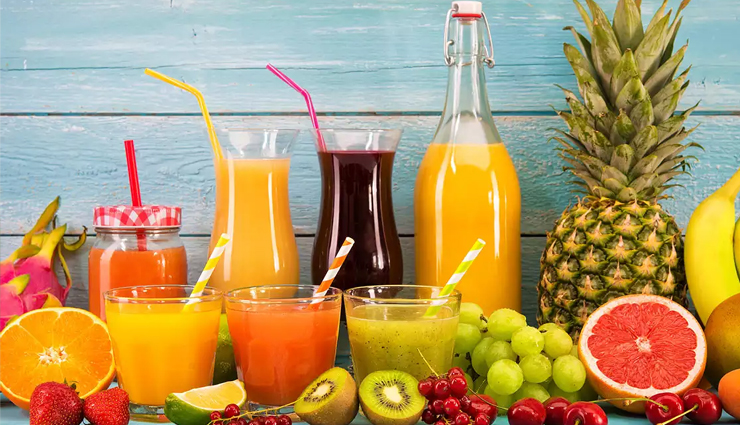
Day 1: Fresh Beginnings
Morning
- Start your day with a glass of fresh, homemade fruit juice or a green smoothie. These provide essential vitamins and minerals.
- Follow it up with a colorful fruit salad topped with a sprinkle of chia seeds for added fiber.
Lunch
- Enjoy a hearty salad with mixed greens, cherry tomatoes, cucumber, and a homemade dressing made from olive oil, lemon juice, and your favorite herbs.
- Add a handful of nuts or seeds for a satisfying crunch.
Dinner
- Try a zucchini noodle pasta with a raw tomato and basil sauce. Spiralize the zucchini for a pasta-like texture.
- Sip on herbal tea or a glass of coconut water to stay hydrated.
Day 2: Leafy Greens Galore
Morning
- Start your day with a green smoothie packed with spinach, kale, banana, and a splash of almond milk.
- Add a scoop of plant-based protein powder if you need an extra boost.
Lunch
- Create a spinach and avocado wrap using large collard greens as the "tortilla."
- Fill it with sliced avocado, shredded carrots, bell peppers, and your favorite raw dressing.
Dinner
- Whip up a big bowl of creamy avocado and cucumber soup.
- Garnish with fresh herbs like cilantro or parsley for added flavor.
Day 3: Fruits All Day
Morning
- Begin with a colorful tropical fruit salad featuring mango, pineapple, and kiwi.
- Top it with a handful of chopped nuts or seeds for protein.
Lunch
- Prepare a fruit-based salsa with diced tomatoes, mango, red onion, and cilantro.
- Serve it with jicama slices or cucumber for dipping.
Dinner
- Enjoy a refreshing watermelon and mint salad. Dice the watermelon into bite-sized pieces and sprinkle with fresh mint leaves.
Day 4: Raw Proteins
Morning
- Start your day with a protein-packed smoothie using plant-based protein powder, almond milk, and your favorite berries.
Lunch
- Try a quinoa salad with raw vegetables like bell peppers, broccoli, and cherry tomatoes.
- Drizzle with a lemon tahini dressing for a creamy, tangy flavor.
Dinner
- Make a raw vegan burger using a portobello mushroom cap as the "patty."
- Top it with lettuce, tomato, and avocado for a satisfying meal.
Day 5: Nutty Delights
Morning
- Enjoy a bowl of raw almond or cashew yogurt topped with fresh berries and a drizzle of honey or agave nectar.
Lunch
- Make a nut butter and banana sandwich using large slices of collard greens as the "bread."
- Add a sprinkle of cinnamon for extra flavor.
Dinner
- Create a savory nut-based sauce for zucchini noodles. Blend cashews, nutritional yeast, garlic, and lemon juice for a creamy Alfredo-style sauce.
Day 6: Superfood Extravaganza
Morning
- Start with an acai bowl topped with granola, coconut flakes, and a variety of fresh berries.
Lunch
- Enjoy a superfood salad with ingredients like kale, spirulina, hemp seeds, and goji berries.
- Dress it with a lemon-tahini dressing for a nutrient-packed meal.
Dinner
- Make a raw vegan sushi roll using nori seaweed, cauliflower rice, avocado, and your favorite veggies.
- Serve with soy sauce or coconut aminos for dipping.
Day 7: Celebrate with Dessert
Morning
- Indulge in a fruit parfait made with layers of raw almond yogurt, fresh berries, and a sprinkle of cacao nibs.
Lunch
- Create a raw chocolate avocado mousse for a creamy, decadent treat.
- Top with chopped nuts or coconut flakes.
Dinner
- Wrap up your 7-day raw food journey with a hearty and flavorful raw pad Thai. Make the sauce using ingredients like almond butter, lime juice, and tamari.
Raw Food Diet – Foods To Eat And Avoid
Foods to Eat:
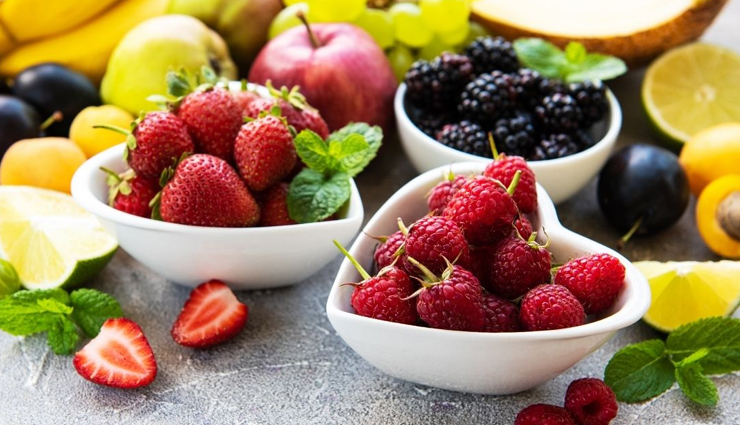
Fruits: Include a variety of fresh fruits such as apples, bananas, berries, oranges, and melons. These provide essential vitamins, minerals, and natural sugars.
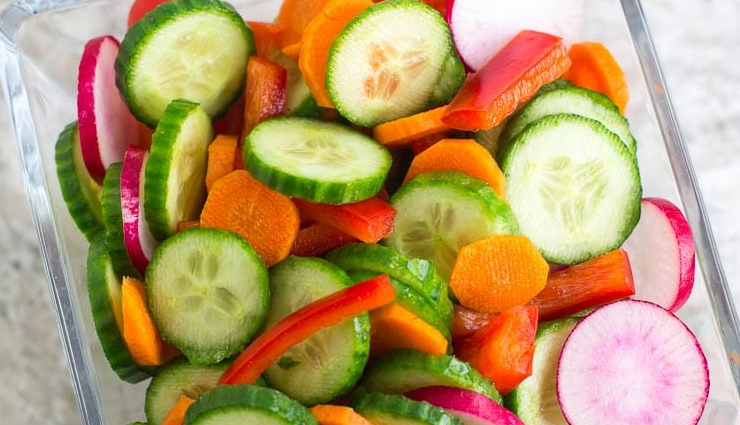
Vegetables: Consume an assortment of raw vegetables like leafy greens, carrots, bell peppers, cucumbers, tomatoes, and broccoli. These are rich in fiber and essential nutrients.
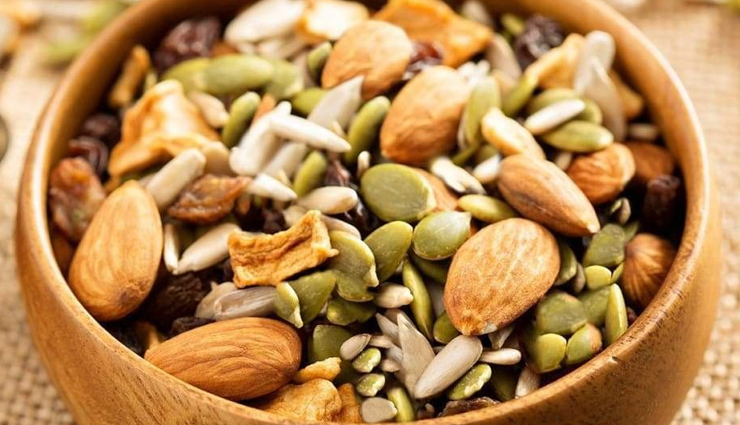
Nuts and Seeds: Enjoy raw nuts like almonds, walnuts, and cashews, as well as seeds such as chia, flax, and sunflower seeds. They provide healthy fats, protein, and fiber.
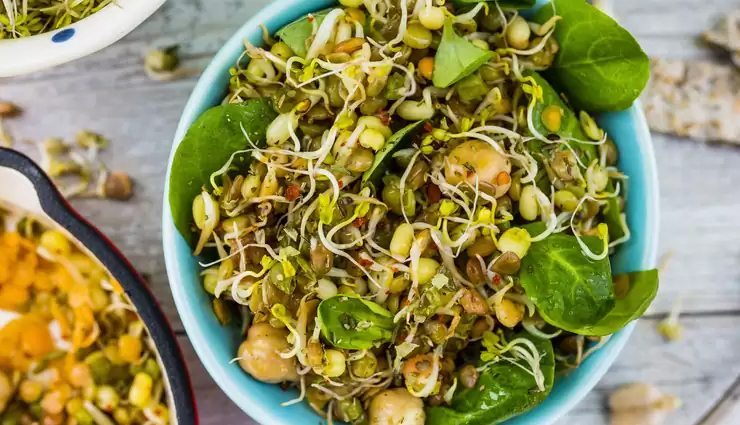
Sprouted Grains and Legumes: Sprouted grains like quinoa and legumes like lentils and mung beans are permitted on a raw food diet, as sprouting makes them more digestible.
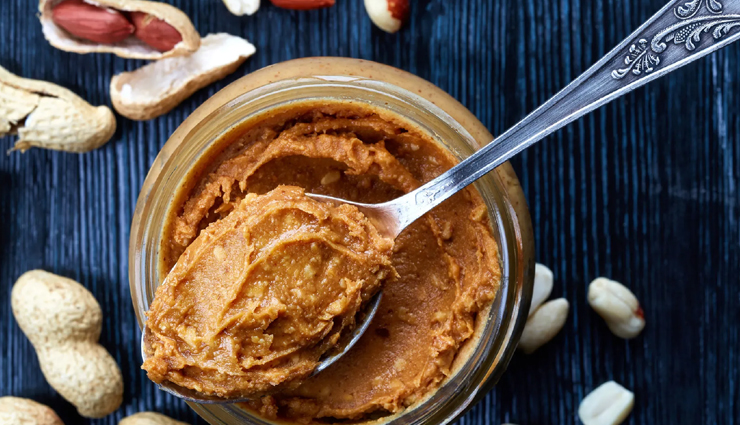
Raw Nut Butters: Natural nut butters, made from raw nuts, can be included for added flavor and healthy fats.
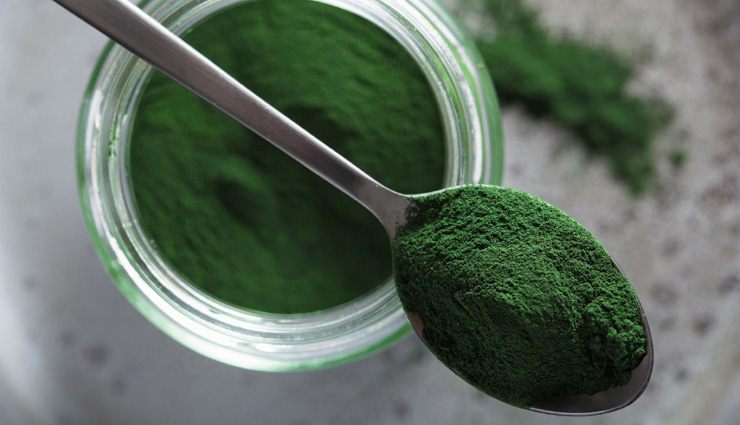
Seaweed and Algae: Incorporate seaweed varieties like nori and dulse, as well as blue-green algae like spirulina and chlorella for their nutritional content.

Cold-Pressed Oils: Use cold-pressed oils like extra virgin olive oil or coconut oil sparingly as a source of healthy fats.

Herbs and Spices: Add flavor to your meals with fresh herbs like basil, cilantro, and mint, as well as spices like ginger, garlic, and turmeric.
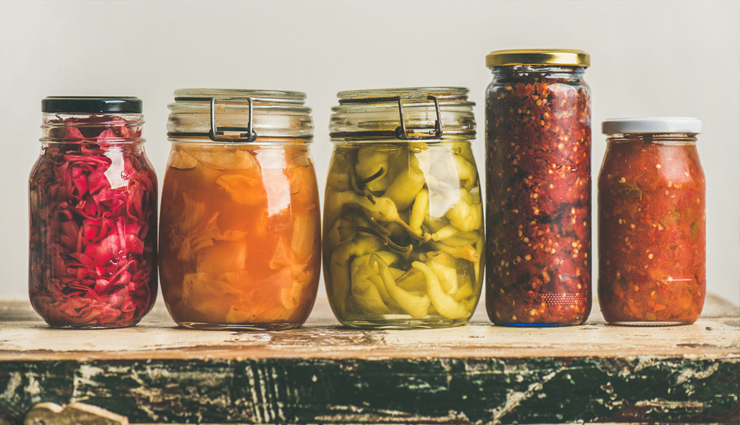
Fermented Foods: Include fermented foods like sauerkraut, kimchi, and raw kombucha to promote gut health.
Foods to Avoid or Limit:

Cooked Foods: The raw food diet restricts or entirely eliminates cooked foods, including vegetables, grains, and animal products.
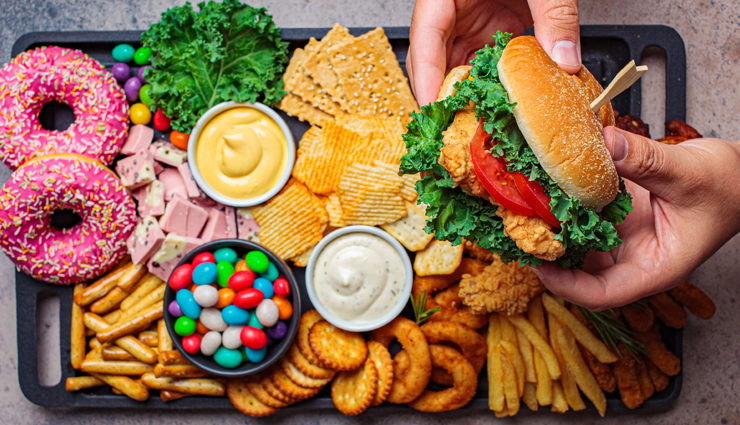
Processed Foods: Avoid processed and packaged foods, which often contain additives, preservatives, and artificial ingredients.
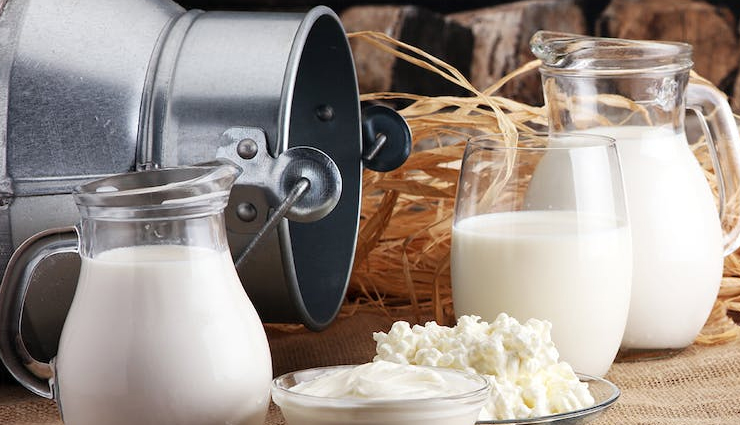
Dairy Products: Dairy products, including milk, cheese, and yogurt, are typically excluded from the raw food diet due to their pasteurization and processing.
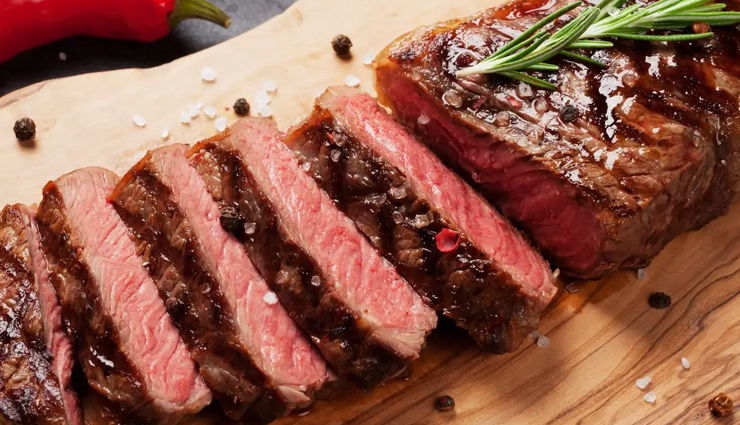
Meat and Animal Products: The diet is predominantly vegan, so animal products like meat, poultry, fish, and eggs are not included.

Refined Sugars and Sweeteners: Stay away from refined sugars, high-fructose corn syrup, and artificial sweeteners. Use natural sweeteners like dates, honey, or maple syrup in moderation.
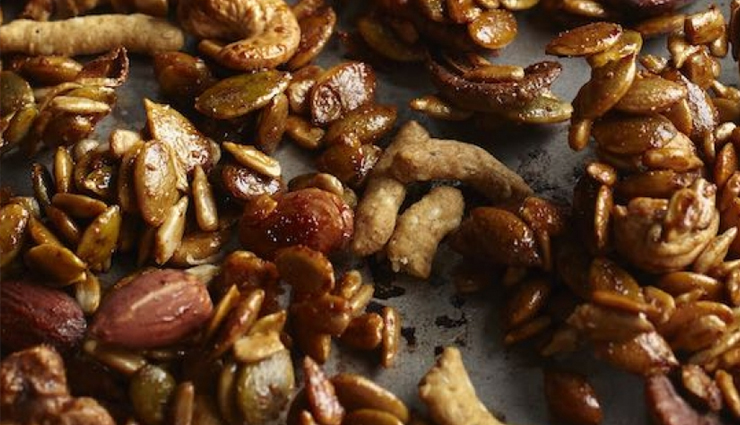
Roasted Nuts and Seeds: Opt for raw rather than roasted nuts and seeds to retain their nutritional value.

Coffee and Tea: While some raw food enthusiasts drink herbal teas, coffee and traditional teas are often limited or eliminated due to their processing and caffeine content.

Alcohol: Alcohol is generally avoided in the raw food diet due to its processing and potential health risks.
Processed Condiments and Dressings: Most commercial condiments and dressings are off-limits due to their additives and processing. Instead, make your own from raw ingredients.
Raw Food Diet Benefits
Nutrient Retention: Raw foods retain their natural vitamins, minerals, and enzymes better than cooked foods, which can be destroyed or reduced during cooking. This means that you may benefit from higher nutrient intake.

Weight Loss: The raw food diet is often lower in calories and higher in fiber, which can aid in weight management. It can also promote healthier eating habits by emphasizing whole, unprocessed foods.

Digestive Health: A diet rich in raw fruits and vegetables can promote healthy digestion due to the high fiber content. This may lead to regular bowel movements and reduced risk of constipation.
Increased Energy: Some individuals report increased energy levels and improved vitality when following a raw food diet. This could be attributed to the nutrient-dense nature of raw foods.

Improved Skin Health: Consuming a variety of raw fruits and vegetables may contribute to healthier skin, as these foods are packed with antioxidants that help fight free radicals and promote a youthful complexion.

Reduced Risk of Chronic Diseases: A diet rich in raw plant-based foods has the potential to reduce the risk of chronic diseases like heart disease, hypertension, and certain types of cancer. The antioxidants and phytochemicals in these foods have protective effects.
Better Hydration: Many raw foods, such as fruits and vegetables, have high water content, contributing to better hydration.
Mental Clarity: Some proponents of the raw food diet claim that it can lead to mental clarity and improved cognitive function.
Ethical and Environmental Considerations: For those who are concerned about animal welfare and the environment, the raw food diet is often seen as an ethical choice since it is predominantly plant-based.

Raw Food Diet Side Effects
Nutrient Deficiencies: One of the most significant concerns with a strict raw food diet is the potential for nutrient deficiencies. This diet may lack essential nutrients such as vitamin B12, vitamin D, iron, calcium, and omega-3 fatty acids. These deficiencies can lead to health issues over time and may require supplementation or careful planning to address.
Digestive Discomfort: Some people may experience digestive discomfort, bloating, gas, or diarrhea when transitioning to a raw food diet, particularly if they are not accustomed to a high-fiber diet. The increase in fiber from raw fruits and vegetables can be challenging for some digestive systems.
Weight Loss: While weight loss can be a benefit for some individuals, it can be a side effect for others, leading to unintentional weight loss, muscle loss, and fatigue, especially if calorie intake is inadequate.
Food Safety Risks: Eating raw foods increases the risk of foodborne illnesses as cooking helps kill harmful bacteria. It's essential to handle and prepare raw foods with care to minimize this risk.
Social and Practical Challenges: Maintaining a strict raw food diet can be socially challenging. It may limit your dining options when eating out or attending social events. Additionally, sourcing and preparing raw ingredients can be time-consuming and may not be practical for everyone.
Limited Food Variety: A strict raw food diet can lead to limited food variety and may become monotonous over time, potentially leading to food cravings and dissatisfaction with the diet.
Bone Health: The exclusion of dairy products and limited calcium sources in a raw food diet can impact bone health if not adequately addressed. Low calcium intake may increase the risk of osteoporosis.
Cold Sensitivity: Consuming primarily raw and uncooked foods may make some individuals feel colder, especially in colder climates, which could be uncomfortable.
Potential Allergies: Some people may develop allergies or sensitivities to certain raw foods over time, leading to adverse reactions.
Social Isolation: Following a strict raw food diet may lead to social isolation, as it can be challenging to find compatible food options when dining with others.
To mitigate these potential side effects and challenges, individuals considering a raw food diet should take the following steps:
Consult a Healthcare Professional: Before adopting a strict raw food diet, consult with a healthcare professional or registered dietitian to assess your individual health status and nutritional needs.
Gradual Transition: Consider transitioning to a raw food diet gradually, allowing your digestive system to adapt and making it easier to maintain in the long term.
Nutritional Planning: Pay careful attention to your nutrient intake, considering potential deficiencies, and plan your diet accordingly. Supplementation may be necessary.
Food Safety: Practice safe food handling and hygiene to reduce the risk of foodborne illnesses.
Variety and Balance: Diversify your food choices within the raw food framework to ensure you get a broad spectrum of nutrients and to prevent monotony.
Monitor Your Health: Regularly monitor your health and well-being to ensure you are meeting your nutritional needs and not experiencing any adverse effects.
8 Raw Food Diet Recipes

# Green Smoothie
Ingredients:
2 cups fresh spinach
1 ripe banana
1 cup fresh pineapple chunks
1 cup coconut water
1 tablespoon chia seeds (optional)
Instructions:
- Blend all the ingredients until smooth.
- Add more coconut water if needed for your desired consistency.
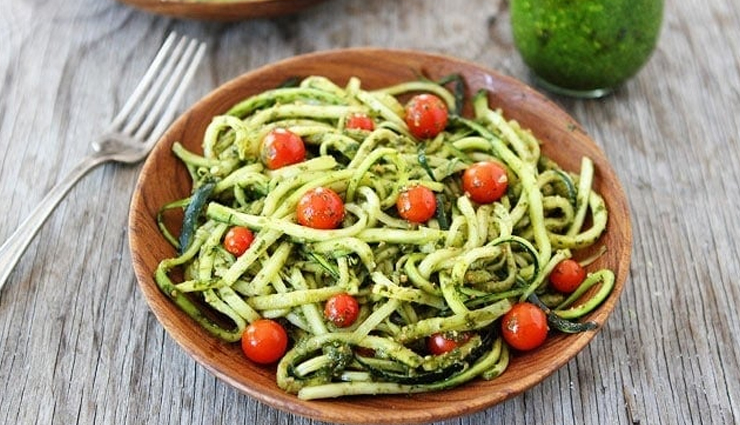
# Zucchini Noodles with Pesto
Ingredients:
2 large zucchinis, spiralized
1 cup fresh basil leaves
1/2 cup pine nuts
1/4 cup extra-virgin olive oil
2 cloves garlic
Juice of 1 lemon
Salt and pepper to taste
Instructions:
- Blend basil, pine nuts, olive oil, garlic, lemon juice, salt, and pepper in a food processor to make the pesto.
- Toss the spiralized zucchini with the pesto sauce until well coated.
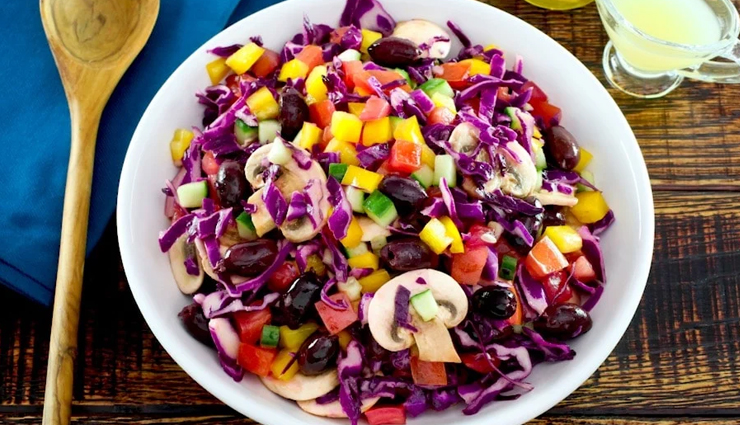
# Rainbow Salad
Ingredients:
Mixed greens (spinach, kale, arugula)
Sliced bell peppers (red, yellow, green)
Cherry tomatoes
Sliced cucumber
Shredded carrots
Sunflower seeds
Your favorite raw dressing
Instructions:
- Assemble all the salad ingredients in a bowl.
- Drizzle with your preferred raw dressing and toss to combine.
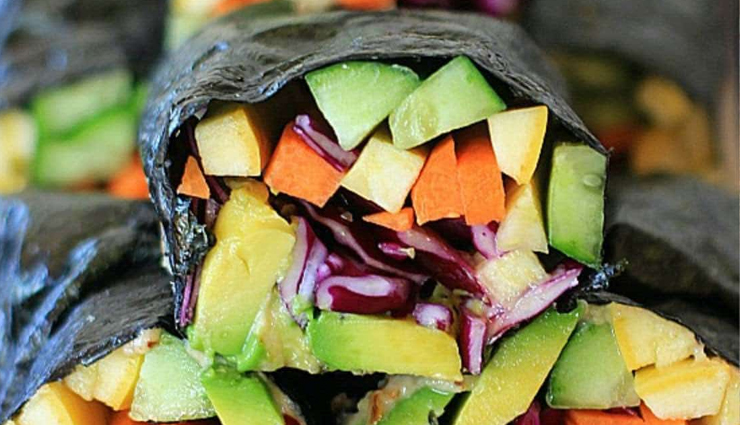
# Raw Nori Rolls
Ingredients:
Nori seaweed sheets
Sliced avocado
Thinly sliced cucumber
Julienne carrots
Sliced red bell pepper
Sliced mango
Sesame seeds
Almond butter or tahini for dipping
Instructions:
- Lay a sheet of nori seaweed on a bamboo sushi rolling mat.
- Add your choice of sliced vegetables and fruits.
- Roll the nori tightly using the mat.
- Slice into bite-sized pieces and serve with almond butter or tahini for dipping.
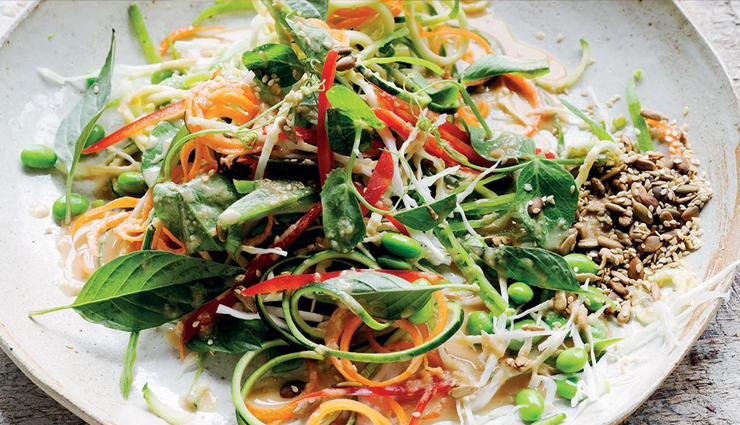
# Raw Pad Thai
Ingredients:
Spiralized zucchini noodles
Sliced bell peppers
Shredded carrots
Bean sprouts
Chopped green onions
Fresh cilantro
Lime wedges
Raw almond butter sauce (made with almond butter, lime juice, tamari, and a touch of honey)
Instructions:
- Combine all the vegetables in a bowl.
- Drizzle with the almond butter sauce and toss to coat.
- Top with cilantro and serve with lime wedges.
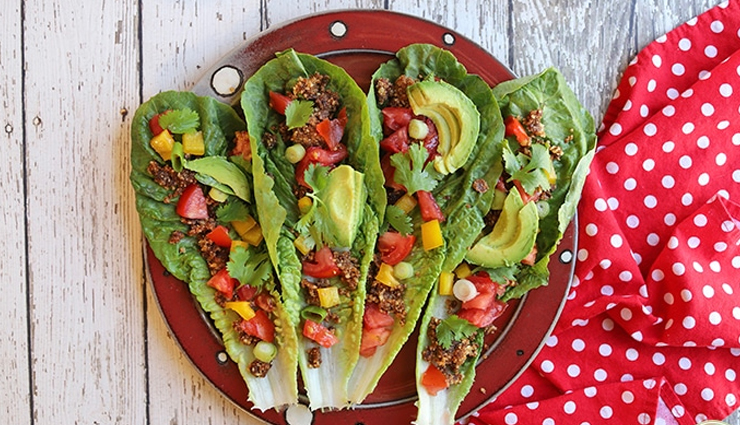
# Raw Vegan Tacos
Ingredients:
Collard green leaves (as taco shells)
Walnut "meat" (made with walnuts, sun-dried tomatoes, chili powder, and cumin)
Sliced tomatoes
Sliced avocado
Sliced red onion
Shredded lettuce
Cashew sour cream (made with cashews, lemon juice, and a touch of apple cider vinegar)
Instructions:
- Lay the walnut "meat" in the collard green leaves.
- Top with your favorite taco toppings and drizzle with cashew sour cream.
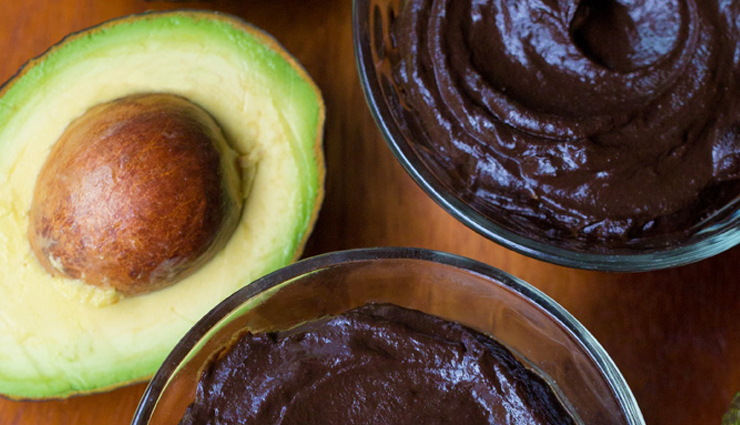
# Raw Vegan Chocolate Avocado Pudding:
Ingredients:
2 ripe avocados
1/4 cup raw cacao powder
1/4 cup maple syrup or agave nectar
1/4 cup coconut milk
1 teaspoon vanilla extract
Instructions:
- Blend all the ingredients until smooth.
- Chill in the refrigerator before serving.

# Raw Energy Bites
Ingredients:
1 cup Medjool dates, pitted
1 cup raw nuts (e.g., almonds, cashews)
2 tablespoons raw cacao powder
1 teaspoon vanilla extract
Pinch of salt
Unsweetened shredded coconut (for coating)
Instructions:
- Blend dates, nuts, cacao powder, vanilla, and salt in a food processor until a sticky dough forms.
- Roll the mixture into small balls and coat them with shredded coconut.
- Refrigerate for about 30 minutes before enjoying.





